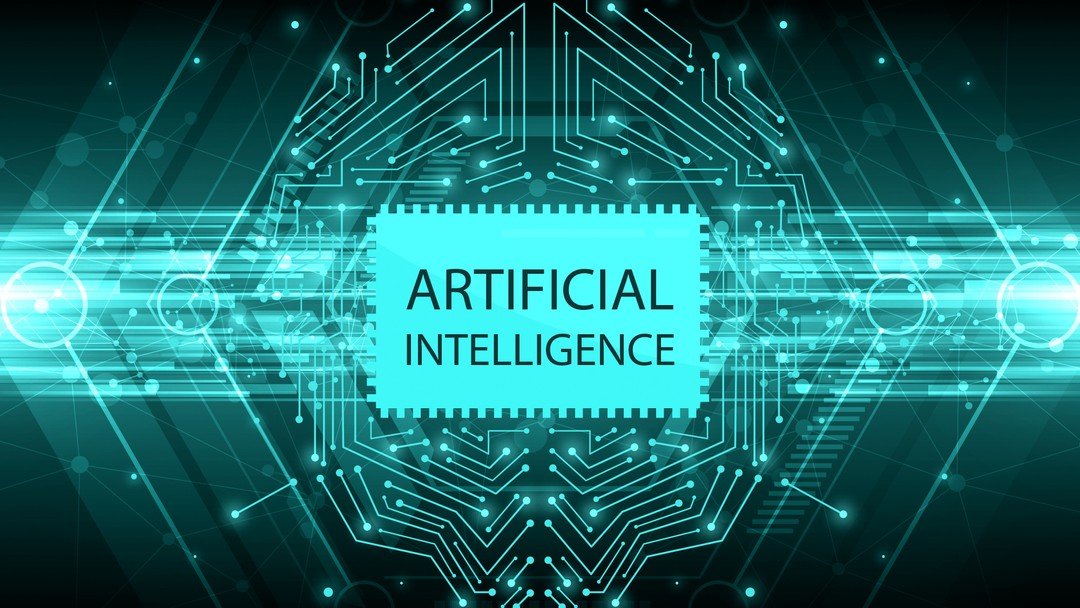Digital watermarks and AI revolutionise Copyright

A ground breaking study reveals that merging digital watermarks with AI expedites copyright resolution, enhancing legal proceedings and evidence
In a pioneering study conducted by James Griffin from the University of Exeter Law School, along with experts from the University of Reading, Mutual of America Financial Group, Lux Mediation, and IBM, the integration of digital watermarks and artificial intelligence (AI) is predicted to reshape the landscape of copyright dispute resolution. The research suggests that this combination will not only streamline legal processes but also contribute to a surge in the availability of evidence in copyright infringement cases.
The technology, primarily aimed at assessing potential breaches more efficiently, is expected to make it easier for lawsuits to be initiated. By employing existing AI systems to analyse copyright case law, researchers observed that the use of more complex watermarks would lead to faster and more accurate dispute resolutions, particularly in cases related to 3D printing.
While the marriage of digital watermarks and AI promises a revolution in copyright enforcement, experts caution against a potential rise in small-scale disputes. The ease of detecting copying through watermarking technology may inadvertently trigger an increase in conflicts. Nevertheless, current laws permit the utilization of AI for arbitration and mediation, facilitating data analysis and supporting the implementation of robo-judges in decision-making processes.
Professor Griffin emphasizes that AI's intersection with digital watermarking will transform the administration of law, providing detailed evidence of infringements. This advancement allows computers to directly interact with information for copyright enforcement, promoting the technology's growth in specific directions encouraged by existing laws.
The study outlines how AI can expedite online copyright infringement hearings and support a more neutral process of 3D printing copyright dispute resolution. AI-powered analytics can identify patterns in past arbitration decisions, ensuring more informed judgments. However, Professor Griffin underscores that AI should complement human decision-makers rather than replace them, providing efficient and accessible dispute resolution to enhance the delivery of justice.
In proposing a hybrid system where AI is controlled by human arbitrators, the study envisions a future where AI becomes an integral tool in alternative dispute resolution (ADR) methods. This includes arbitration and mediation, offering bespoke ADR within the existing legal framework for 3D printing copyright disputes. Dr. Noussia emphasizes the need for explicit consideration in the law on how watermarking influences AI dispute resolution, urging a re-evaluation of the roles of judges, arbitrators, and mediators in such AI-ADR methods.
As the digital era evolves, the study suggests that the synergy of digital watermarks and AI will not only shape the future of copyright resolution but also prompt crucial discussions about the boundaries of copyright subsistence in the face of advancing technology.
Photo by mikemacmarketing https://www.flickr.com/photos/152824664@N07/30188200627/
